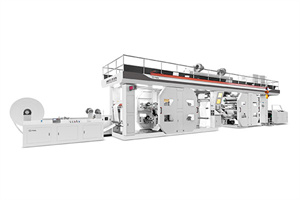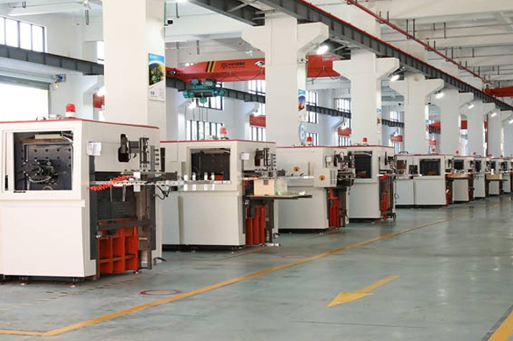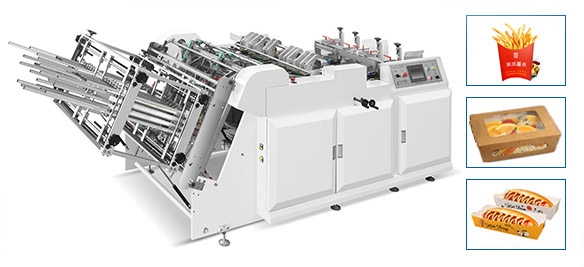Comparison of Flexo and Digitally Printed Labels
1. Cost
Flexo printing:
Cost-effective for high-volume printing.
Digital printing:
More suitable for printing needs of smaller quantities and variable data.
2. Label material
Flexo:
Can handle a variety of label substrates such as paper, plastic, and metallic film, providing versatility for different label applications.
Digital Printing:
Digital printing is more limited in terms of label material options.
3. Color Accuracy
Flexo:
Enables precise Pantone color matching for consistent branding and color accuracy.
Digital Printing:
Due to the nature of the printing process and substrate, digital printing may experience some color variation.
4. Special effects
Flexo Printing:
Spot colors, metallic inks, varnishes and other special effects can be combined to enhance the visual appeal of labels.
Digital Printing:
There are limitations when it comes to special effects.
5. Turnaround time
Flexo:
Features high-speed production capabilities for fast turnaround times on label printing projects.
Digital Printing:
Compared to traditional printing methods, digital printing can provide faster production speeds and shorter lead times due to its shorter setup times and no need to change plates.
6. Design flexibility
Digital Printing:
Design changes and customization can be easily made, accommodating short-run labels with multiple versions or designs.
Flexo:
More limited in terms of design flexibility and customization options.
Summarize
Choosing between a flexo printing machine and a digital printing machine depends on several factors, such as budget, print volume, delivery time, label design complexity, and customization needs.








